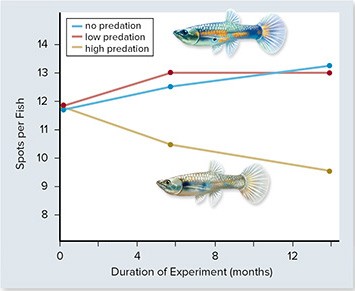Fires may result in:
a. decreased erosional rates.
b. enrichment of the soil.
c. decreased soil fertility.
d. decreased evaporation from the soil surface.
e. increased amounts of organic litter on the soil.
B
You might also like to view...
Galactosemia is a metabolic disorder characterized by the inability to metabolize the sugar galactose. People with galactosemia suffer from liver, kidney, and brain damage among other symptoms. A gene mutation underlying galactosemia was identified by sequencing the genome of a person with galactosemia. What additional evidence would support the hypothesis that the mutation in the candidate gene causes the disease?
A) Observing that the genome of the person with galactosemia contains mutations in several other genes. B) Collecting family history and determining that no other family members have galactosemia. C) Sequencing the genomes from unrelated people with galactosemia and discovering that they also have mutations in the candidate gene. D) Sequencing the genomes of family members without galactosemia and discovering that they also have mutations in the candidate gene.
Carnivores must be at or above which trophic level?
a. first b. second c. third d. fourth e. fifth
 In the experiment above, guppy color patterns (spots) were measured in populations exposed to increasing amounts of predation. From this you could conclude that ________.
In the experiment above, guppy color patterns (spots) were measured in populations exposed to increasing amounts of predation. From this you could conclude that ________.
A. evolutionary changes take millions of years to appear B. brightly colored guppies are more likely to reproduce in the presence of predators C. predators are more likely to catch and eat brightly colored guppies D. predators do not affect the color patterns of guppies E. predators are less likely to catch and eat brightly colored guppies
You notice that in your aquarium, previously full of undoubtedly male fish, one is laying eggs. Upon a bit of research, you find out that the species of fish you purchased is a sequential hermaphrodite. Which of the following is true?
A. One of the male fish fertilized its own eggs. B. Since the fish are hermaphrodites, one of the male fish laid eggs and another will likely fertilize them. C. One of the male fish underwent protandry and became a female. D. The fish have protogyny, which allows the males to lay eggs. E. The fish have parthenogenesis, therefore their eggs do not have to be fertilized to be viable.